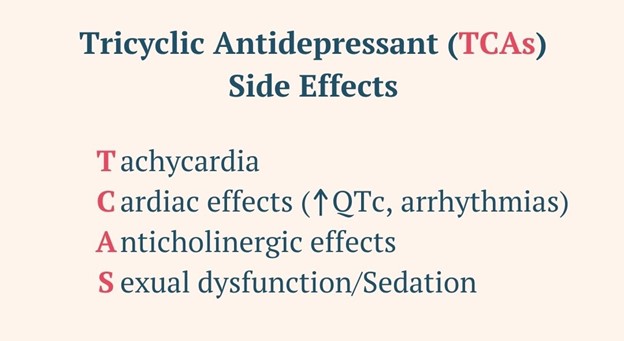A nurse is teaching a client who has angina about a new prescription for sublingual nitroglycerin tablets. Which of the following instructions should the nurse include in the teaching?
"Keep the tablets at room temperature in their original glass bottle."
"Discard any tablets you do not use every 6 months."
"Take one tablet each morning 30 minutes prior to eating."
"Place the tablet between your cheek and gum to dissolve
The Correct Answer is D
A. "Keep the tablets at room temperature in their original glass bottle." This is a correct storage instruction. Nitroglycerin tablets are sensitive to heat and light, so they should be stored in their original container, protected from light, and kept at room temperature.
B. "Discard any tablets you do not use every 6 months." This is not an accurate instruction. Nitroglycerin tablets usually have an expiration date printed on the label, and they should be discarded after that date.
C. "Take one tablet each morning 30 minutes prior to eating." This is not an accurate instruction. Sublingual nitroglycerin is taken as needed to relieve angina symptoms, not on a regular schedule like a daily medication.
D. "Place the tablet between your cheek and gum to dissolve."
Sublingual nitroglycerin tablets are used to relieve angina symptoms by causing vasodilation, which increases blood flow to the heart muscle. To take sublingual nitroglycerin tablets effectively, the client should be instructed to place the tablet between the cheek and gum to dissolve. This allows the medication to be absorbed through the mucous membranes in the mouth and enter the bloodstream quickly, providing rapid relief from angina symptoms.
Nursing Test Bank
Naxlex Comprehensive Predictor Exams
Related Questions
Correct Answer is A
Explanation
A. The nurse should report the Total bilirubin 1.5 mg/dL to the provider.
Amitriptyline is an antidepressant medication, and elevated total bilirubin levels can indicate potential liver dysfunction or impairment. It's important to report any significant changes in liver function values to the provider, especially when a client is taking medications that can affect liver metabolism. The other laboratory values mentioned are within normal ranges and would not typically be of concern in the context of amitriptyline use.
B. Potassium 4.2 mEq/L:
This value is within the normal range. Potassium levels of 4.2 mEq/L are considered normal. While potassium levels are important to monitor, this result does not indicate a need for immediate reporting.
C. WBC count 5,000/mm³:
This value is within the normal range. A white blood cell (WBC) count of 5,000/mm³ is within the typical range. It suggests a normal immune response and does not require reporting.
D. Hct 44: This value is incorrect. The hematocrit (Hct) value of 44 is not accompanied by the unit of measurement (percentage or fraction). Hematocrit values measure the proportion of red blood cells in the blood and are usually reported as a percentage. If this value is indeed 44%, it falls within a normal range for both men and women. However, if the unit is different (such as a 44% fraction), it might be an incorrect unit conversion. The nurse should verify the unit of measurement and report any discrepancies or errors to the provider for clarification.

Correct Answer is ["7.5"]
Explanation
To calculate the amount of potassium chloride elixir needed per dose, we can use the following formula:
Amount per dose (mL) = (Desired dose in mEq / Concentration in mEq/mL) * Volume in mL
Given:
Desired dose = 20 mEq/day divided equally every 12 hr = 10 mEq/dose
Concentration = 6.7 mEq/5 mL
Plugging in the values:
Amount per dose (mL) = (10 mEq / 6.7 mEq/5 mL) * 5 mL
Calculating:
Amount per dose (mL) ≈ 7.46 mL
Rounded to the nearest tenth, the nurse should administer approximately 7.5 mL of the potassium chloride elixir per dose.
Whether you are a student looking to ace your exams or a practicing nurse seeking to enhance your expertise , our nursing education contents will empower you with the confidence and competence to make a difference in the lives of patients and become a respected leader in the healthcare field.
Visit Naxlex, invest in your future and unlock endless possibilities with our unparalleled nursing education contents today
Report Wrong Answer on the Current Question
Do you disagree with the answer? If yes, what is your expected answer? Explain.
Kindly be descriptive with the issue you are facing.
